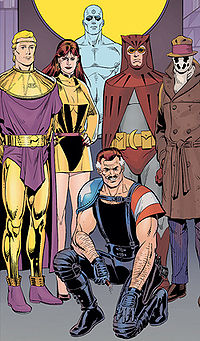I think we can do it…
After doing some more research I’ve been able to find out where Rosie came from exactly, The War Advertising Council’s Women in War Jobs campaign created Rosie the Riveter in an attempt to get more women to join the workforce during World War II. The movement increased the number of women workers to 20 million by 1944 which was a 57% increase from 1940.
There is much debate over Rosie’s actual impact on women. Some say that the campaign opened up the workforce forever while it is true that women were often discharged from their jobs after men returned home from the war. These women knew that factory work was possible for them although women did not reenter the job market in numbers this large until the 1970s when factory jobs were in a decline all over the world. I believe that this campaign and the image of Rosie the Riveter empowered women and showed them that they could do “a man’s job.”
However, some of the statements used in the campaign seem to imply otherwise. The importance of going to work in the factories was often called a “patriotic duty.” In my mind this takes the importance of a woman performing a more masculine task and turns it into something she must do for her country…and not because, hey, maybe she wants to do it? Another slogan used was “Do the job he left behind” which like what actually happened, the women is simply seen as the man’s replacement. She was only working to hold his place and when he returned her job would become his job again.
All in all Rosie depicted a strong, confident woman that worked with heavy duty powerl tools and made war machines. She even has an action figure…so take that G.I. Joe.
I came across two images of Rosie the Riveter in my research. The first is obviously the most iconic and well recognized image but the second image, done by Norman Rockwell, struck me much more than the first. In my opinion the iconic image depicts a feminine woman wearing makeup and maintaining some of her more “girly” features. The Rockwell depiction shows a larger woman, a more muscular woman with dirt on her face and no makeup. To me Rockwell’s image is much more masculine, the soft feminine characteristics of the iconic image are missing but for me…not exactly missed.

Comments are closed.